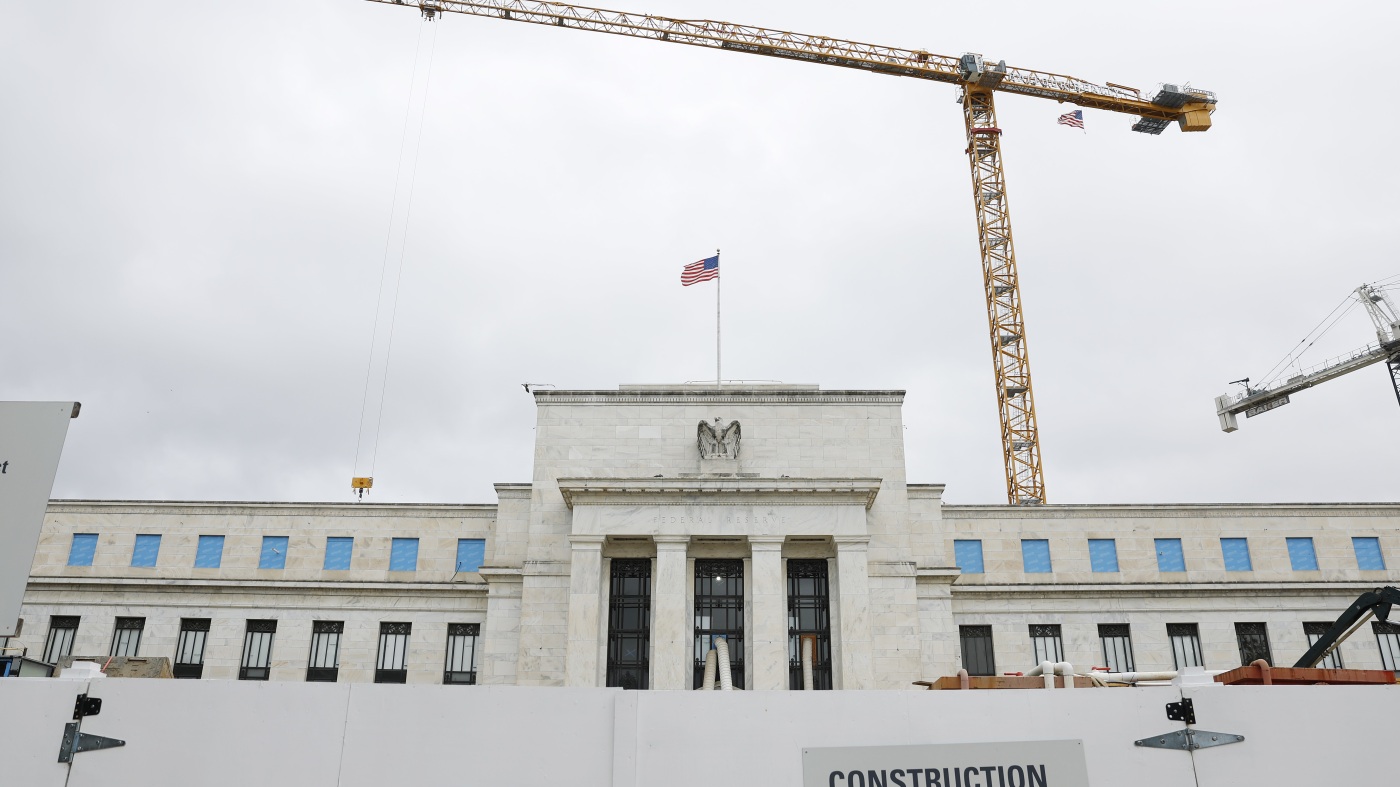The White House and the Federal Reserve are locked in a battle, not just over interest rates, but surprisingly, over renovations. The Fed’s $2.5 billion headquarters upgrade has drawn sharp criticism from the Trump administration, already at odds with the central bank. But where does real estate mogul and social media personality Bill Pulte fit into this high-stakes drama?
This article dissects the core issues of this conflict, examining why the White House is scrutinizing the Fed’s spending and how figures like Bill Pulte add another layer to the narrative. We’ll explore the political and economic implications, providing a clear picture of the tensions between the White House and the Fed.
The Federal Reserve’s Pricey Makeover
The Federal Reserve is currently undertaking a massive renovation of its Washington, D.C., headquarters. Originally estimated at $1.9 billion, the project’s cost has ballooned to $2.5 billion, raising eyebrows and drawing criticism. Opponents, including voices within the White House, decry the expenditure as extravagant and unnecessary, especially given the current economic climate.
According to Kevin Hassett, director of the administration’s National Economic Council, “The bottom line is that this is the most expensive project in D.C. history. So the Fed has a lot to answer for.” This statement highlights the administration’s stance that the Fed’s priorities are misaligned.
White House Attacks: More Than Just Renovations?
The Trump administration’s disapproval of the Fed’s renovation project is multi-layered. Budget Director Russell Vought sent a letter to Fed Chair Jerome Powell expressing the president’s “extreme trouble” with the management of the Fed, focusing particularly on the renovation’s “ostentatious” elements. This critique goes beyond mere fiscal concerns; it suggests a deeper clash in values and priorities.
This scrutiny comes at a time when the White House has repeatedly pressured the Fed to lower interest rates. The renovation criticism is seen by some as a supplementary tactic to undermine the Fed’s credibility and push for more accommodative monetary policies. David Wessel of the Brookings Institution notes, “This seems just another way the administration is trying to make life miserable for Powell since it can’t legally fire him unless it can make the case that he has mismanaged things.”
Powell’s Defense: Setting the Record Straight
In response to the growing uproar, Fed Chairman Jerome Powell has defended the renovation project, assuring that many of the accusations are overblown. He clarified that the project primarily involves essential upgrades and safety measures, rather than luxury enhancements. “There’s no new marble,” Powell stated. “We took down the old marble. We’re putting it back up.”
The Fed attributes the cost overruns to unforeseen issues like the discovery of asbestos and lead, as well as the impact of nationwide inflation on construction expenses. Despite these explanations, the controversy persists, fueled by political tensions and public skepticism.
The Bill Pulte Factor: A Voice in the Debate
Bill Pulte, known for his real estate acumen and active social media presence, often weighs in on economic and political issues. While not directly involved in the Fed renovation debate, his views on fiscal responsibility and government spending resonate with some of the concerns raised by the White House. Pulte’s engagement in public discourse amplifies the scrutiny on institutions like the Federal Reserve.
Pulte’s social media reach gives him a unique platform to influence public opinion. His commentary on economic matters can sway sentiment and add pressure on policymakers to address issues of fiscal prudence and accountability.
Inspector General Review: A Step Towards Transparency?
In an effort to address the mounting criticism, Fed Chairman Jerome Powell has requested the Fed’s inspector general to conduct a comprehensive review of the renovation project. This move is seen as an attempt to ensure transparency and accountability, and to dispel any notions of mismanagement or fiscal irresponsibility.
The outcome of the inspector general’s review could have significant implications, either validating the Fed’s explanations for the cost overruns or uncovering potential areas of concern. The findings will likely further shape the narrative surrounding the renovation project and influence the broader debate about the Fed’s independence and fiscal policies.
Economic Implications and Future Outlook
The clash between the White House and the Fed over the renovation project underscores deeper tensions about monetary policy and economic management. The administration’s persistent pressure on the Fed to lower interest rates reflects a desire to stimulate economic growth, while the Fed remains cautious, weighing the risks of inflation and financial instability.
Looking ahead, the ongoing debate is likely to influence the selection of the next Fed chairman, with Trump having the opportunity to appoint someone more aligned with his economic views. This could lead to significant shifts in the Fed’s approach to monetary policy and its role in shaping the nation’s economy.
Conclusion: A Clash of Ideologies and Priorities
The White House’s attacks on the Federal Reserve over its building renovations highlight a fundamental clash of ideologies and priorities. While the Trump administration frames the issue as one of fiscal irresponsibility, others view it as a strategic effort to undermine the Fed’s independence and push for more aggressive monetary easing.
Ultimately, the outcome of this conflict will have far-reaching implications for the Fed’s role in the economy and its relationship with the government. As figures like Bill Pulte continue to engage in the public discourse, the debate over fiscal responsibility and economic policy will likely remain a central focus of national attention.

Leave a Reply